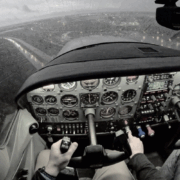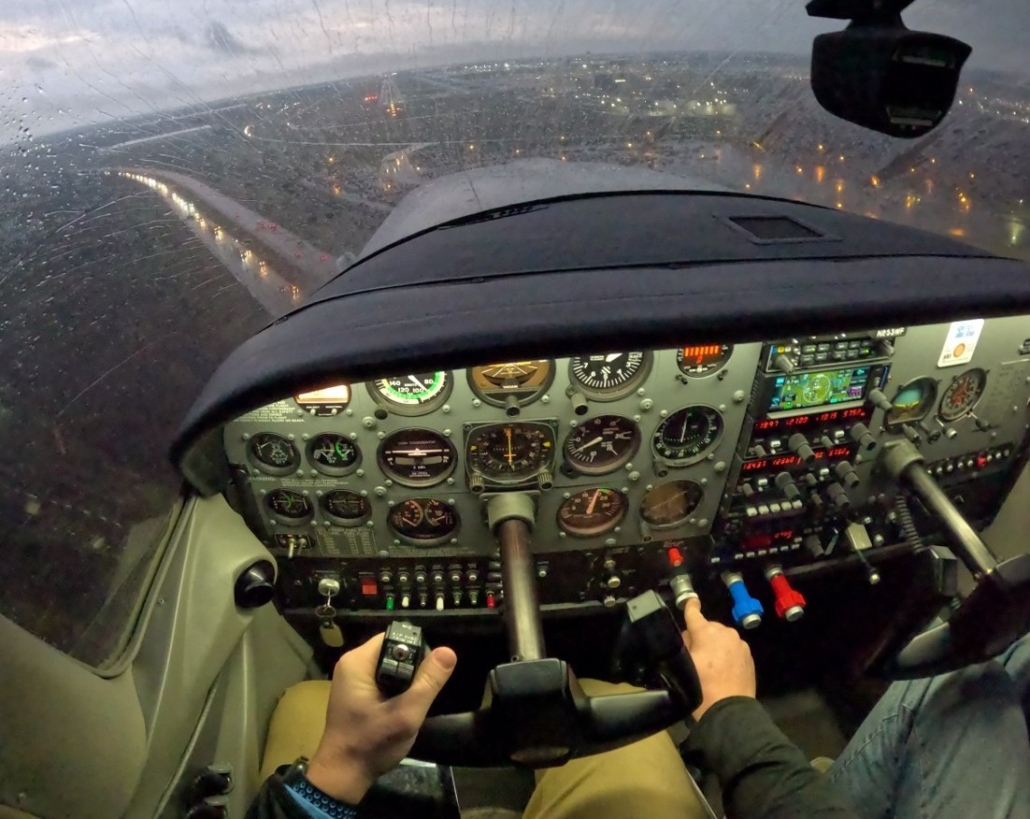Ask the IFR Expert: When Can You Legally Log an Instrument Approach?
|
Getting your Trinity Audio player ready...
|
Under 14 CFR §61.57(c), instrument-rated pilots need to log at least six IAPs every six months to stay current and act as PIC under IFR or in weather below VFR mins. But not every approach counts—what matters are the conditions under which you fly it. Based on FAA guidance (InFO 15012), here’s the breakdown on what makes an IAP “loggable.”
The Four Ways to Conduct and Log IAPs
You can meet the requirement using:
- Actual instrument conditions in an aircraft (flying in real IMC).
- Simulated instrument conditions in an aircraft with a view-limiting device (like foggles) and a qualified safety pilot.
- FAA-approved simulators or devices: Full Flight Simulator (FFS, Level A-D), Flight Training Device (FTD, Level 4-7), or Aviation Training Device (ATD, with a valid LOA). Be sure to check the LoA for what’s permissable.
- A combination of the above, as allowed under §61.57(c)(4) or (5).
Key Conditions for Logging an IAP
To log it, the approach must meet all these criteria (from FAA legal interpretations):
- Solely by reference to instruments: Whether in an aircraft or sim, you must fly using instruments only—no peeking outside.
- Established on each required segment: Fly the full IAP from the initial approach fix (IAF) or feeder route, through the initial, intermediate, and final approach segments, down to the minimum descent altitude (MDA) or decision altitude (DA). (Exception: If radar-vectored to the final approach course or cleared otherwise by ATC, you can start from there.)
- IMC (actual or simulated) to MDA/DA: The IMC must persist until you reach the MDA or DA when flying in sims or with foggles; however, if you break out to VMC on the final segment before or at MDA/DA, it’s still loggable as long as you’ve flown a portion of the final approach segment in IMC.
- Under actual or simulated instrument conditions: Log actual or simulated instrument time alongside the approach— you can’t log an IAP without it.
Important Notes:
- Safety Pilot Requirements: For simulated approaches in an aircraft, your safety pilot needs a current medical, must be rated in the category/class, and sit at the other controls. Log their name too (§§61.3(c), 61.51, 61.57(c), 91.109).
- Missed Approach Segment: Not required to log the IAP, but practice it for proficiency!
- Deviations for Safety: In simulated flight, if you deviate from the final segment (e.g., to avoid traffic) after passing the final approach fix (FAF), you can still log it.
- Vectors and Clearances: Unless vectored or cleared to a specific point, execute the entire published IAP. A safety pilot or instructor can simulate ATC vectors.
Real-World Examples
- You’re IFR-cleared for an ILS approach, flying solely by instruments in IMC. You stay established on all segments, pass the FAF, break out to VMC before DA, spot the runway, and land. Loggable? Yes—meets all conditions.
- In VFR conditions, you’re under foggles with a CFII simulating ATC vectors to the GPS approach. You stay established through each segment, simulate IMC to MDA, break out, and land. Loggable? Yes—proper sim conditions and safety pilot.
- IFR-filed but in VMC, under foggles with a safety pilot. Cleared for a VOR approach, you fly all segments to MDA, then execute a simulated missed and hold. Loggable? Yes—even without landing, as the missed segment isn’t required.
Take Our Survey
Have questions or a scenario to run by the IFR experts? Drop it in the comments or email us at IFRFocus@Sportys.com.
Latest posts by IFR Focus Team (see all)
- Ask the IFR Expert: When Can You Legally Log an Instrument Approach? - September 19, 2025
- Quiz: Flying with ADS-B Weather and Your iPad - September 5, 2025
- Video Tip: Getting Started in Your Instrument Training - August 29, 2025




Leave a Reply
Want to join the discussion?Feel free to contribute!